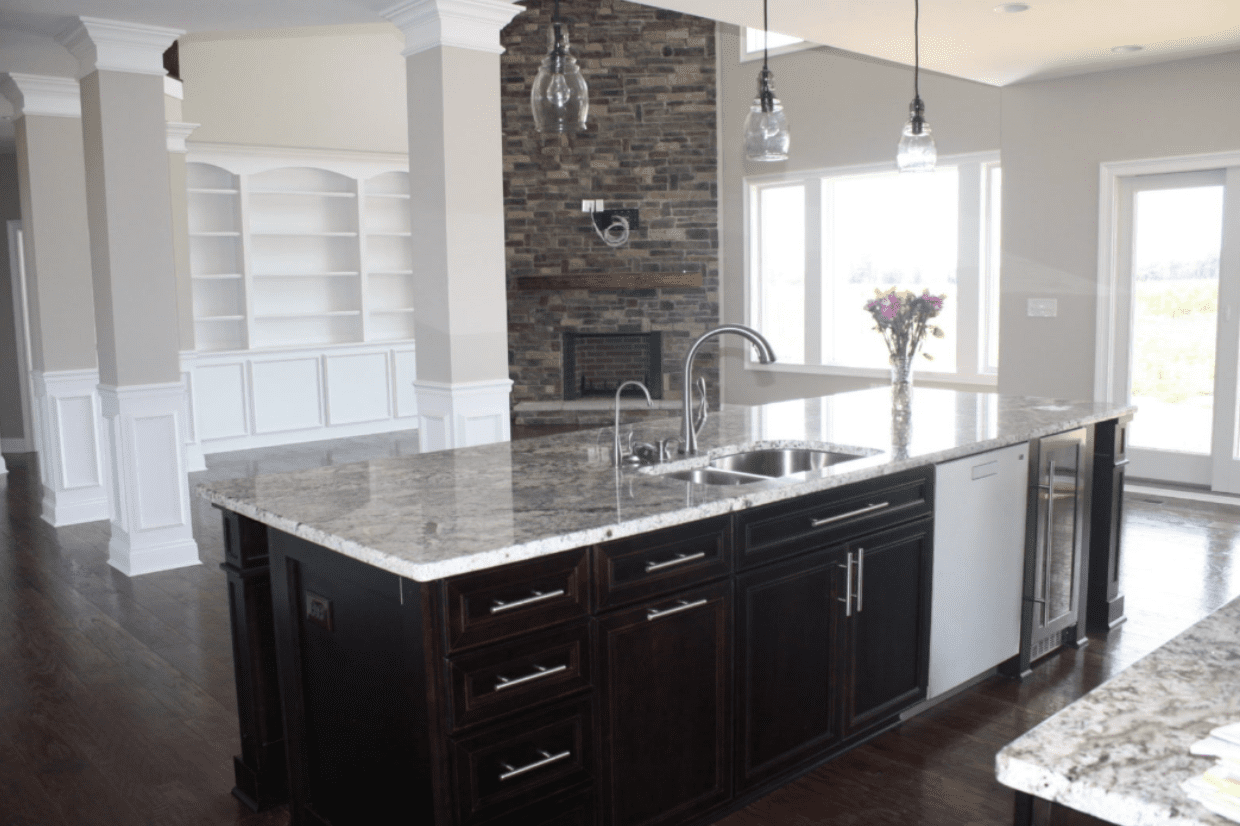Are you ready for multigenerational living? This trend is making waves across the country due to the rise in housing costs and convenience. Also, there’s something special about grandparents, parents and kids all living under the same roof. Some might feel overwhelmed by so many people living in one house, but we create plans that are convenient for every member of the family. Before you start choosing the flooring or paint, we recommend talking through the design with each family member. Here are 5 things to consider when building a multigenerational home:
Prioritize Accessibility
Even if accessibility isn’t on your mind right now, it will help you set every family member up for success in the future. Depending on the situation, at least one bedroom should be on the main floor of the house. This limits stairs for older residents and allows them to remain as independent as possible.
Give Rooms Dual Purposes
The circumstances in your multigenerational home are bound to change over the years. From kids growing up and moving out to grandparents or aunts and uncles moving in, it’s important to create spaces that can be multi-functional. One room might be an office now, but it will transition into a bedroom in five years. Keep these things in mind as you start to design each space.
Balance Private Vs. Shared Space
Give your family enough room to be comfortable in the shared spaces. It can be fun to have the entire family together, but it can quickly feel cramped with the wrong floor plan. If you’d like to prioritize a larger kitchen and living room area, be sure to communicate it to North Homes early in the design process. As for private space, consider including an extra bathroom, office area or living room. Multigenerational living is all about balance, and every single family member should feel like they have a space of their own.
Consider Separate Entrances
Many families appreciate having a private entrance for certain quarters of the house. It gives people more independence, and it can help provide a healthy boundary within sections of the home. This is also helpful if some family members are early-risers and don’t want to disturb the rest of the house with their morning departure.
Communicate Expectations
It’s important to address expectations as soon as possible. Which chores are the kids responsible for? Who will be taking care of the grandparents? What does everyone’s schedule look like? These are great questions to ask early in the process. When everyone is on the same page, it’s easier to find harmony.

